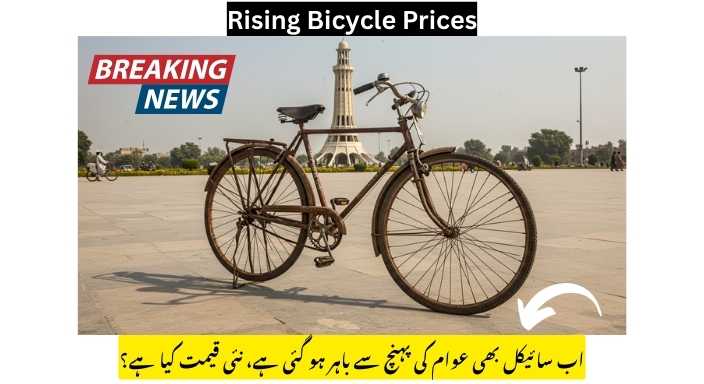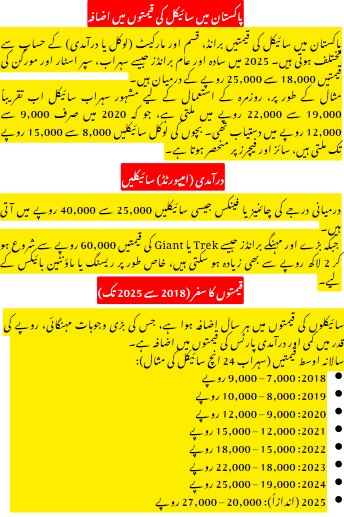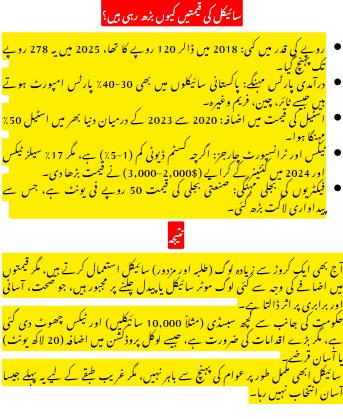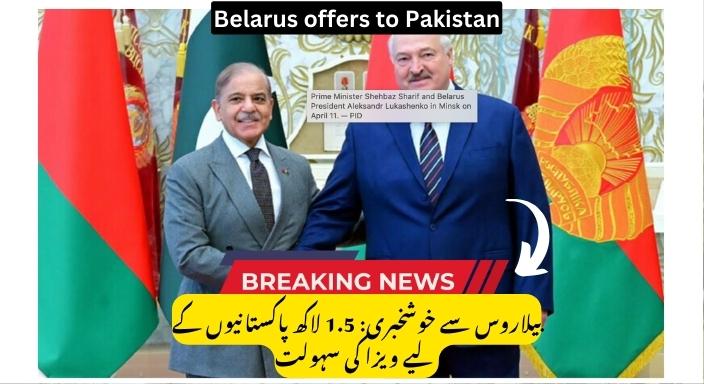Rising Bicycle Prices, Becoming Unaffordable, Check Latest Prices with Details

Bicycle prices in Pakistan vary widely depending on the brand, type, and market (local vs. imported). Basic models from brands like Sohrab, Super Star, and Morgan are priced between PKR 18,000 and PKR 25,000 in 2025.
For example, a standard Sohrab cycle, popular for daily commuting, costs around PKR 19,000–22,000, up from PKR 9,000–12,000 in 2020. Children’s cycles (local) range from PKR 8,000 to PKR 15,000, depending on size and features.

Imported Cycles
- Mid-range imported brands like Phoenix or generic Chinese models cost PKR 25,000–40,000.
- High-end brands (e.g., Trek, Giant) start at PKR 60,000 and can exceed PKR 200,000 for mountain or racing bikes, targeting enthusiasts.
Price Trends Over the Years (2018–2025)
Cycle prices in Pakistan have risen significantly, driven by inflation, import costs, and currency devaluation. Here’s a year-by-year look at average prices for a standard local cycle (e.g., Sohrab 24-inch):
- 2018: PKR 7,000–9,000
- 2019: PKR 8,000–10,000
- 2020: PKR 9,000–12,000
- 2021: PKR 12,000–15,000
- 2022: PKR 15,000–18,000
- 2023: PKR 18,000–22,000
- 2024: PKR 19,000–25,000
- 2025 (Projected): PKR 20,000–27,000

Why Are Cycle Prices Rising?
The rupee fell from PKR 120/USD in 2018 to PKR 278/USD in 2025, raising costs for imported parts like tires, chains, and frames (even local cycles use 30–40% imported components).
Steel prices rose 50% globally from 2020–2023 due to supply chain issues and energy costs (World Bank).
While bicycles face low customs duties (1–5%), sales tax (17%) and rising freight costs ($2,000–3,000/container in 2024) add to prices.
Factories face high energy costs (PKR 50/kWh for industrial electricity), pushing up prices.
Conclusion
While students and workers still rely on cycles (10 million users), rising costs push some to motorbikes or walking, hurting mobility, health, and equality. Small subsidies (10,000 cycles) and tax breaks help, but bigger steps—like local production (2 million units) or loans—are needed. Cycles aren’t fully out of reach, but for Pakistan’s poorest, they’re no longer the easy choice they once were.






